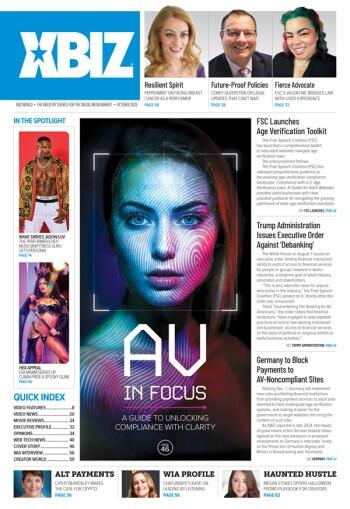While much of the discussion during the past year or so has concerned designing for a smaller, mobile screen size, the growth of large, widescreen displays is easily overlooked, which is unfortunate, especially when one considers the growing use of hi-def televisions and multi-purpose monitors for Internet access.
Indeed, I recently visited a friend that just bought a new 55" Sony 3D television and Blu-ray surround sound system; which I thoroughly examined, noting the way that even standard television shows (especially graphics and other straight edges) "popped" when wearing the sleek Sony 3D glasses. They communicate electronically with the television, maximizing the quality of the viewing experience — these aren't colored plastic lenses — and use a small, external antenna. It was the TV's second small antennae that caught my attention, however.
"That's for the Wi-Fi," my friend said. "I can stream Netflix and surf the web on it," — all through the TV, no boxes required — and it is seriously sweet.
According to some statistical reports, nearly 80 percent of Internet users now enjoy horizontal screen display resolutions in excess of 1024 pixels — with the bulk of those displays having a widescreen format — whether or not they boast true hi-def capabilities.
Around 20 percent of users have 1024x768 displays, providing a market share worth targeting; but the remaining few percentage points is likely to represent low-income folk on ultra-legacy equipment (and unlikely to possess the discretionary income required for porn purchases), or non-standard devices and non-human entities such as web crawlers.
While the 1024x768 display has replaced the 800x600 screen as the "standard" for many designers, ignoring the big screen, higher resolution (and often more affluent) user is not a great decision.
Keep in mind that most hi-def surfers won't be surfing with a maximized browser window; but doubtless many would enjoy the option of viewing a website in a way that made the fullest use of their system's capabilities — and the investment they made in it.
Fortunately, through the use of JavaScript and other technologies, designers can take web pages designed for standard display sizes and allow for their dynamic extension, so that users who choose to do so can employ their entire desktop area — while visitors on widescreen televisions and other devices can fill their screens. The use of jQuery offers intriguing deployment possibilities and is worth exploration, so try a few test pages and see if you can evolve the user experience in a widescreen world.









